In the age of digital transformation, data powers most go-to-market teams, whether you are in sales, marketing, customer success or strategic planning, data underpins all of your decisions.
In this context, our customer research has surfaced three types of data inefficiencies. This is typically a hidden cost, because everybody is focused on optimising operational processes and not data processes.
The three inefficiencies of data
To understand the three buckets, let's first break down how data is typically aggregated, formatted and integrated into the business.
Data vendors: The most obvious way that data makes its way into a business is when teams buy data from 3rd party data vendors. Most commonly, revenue teams have a company information or sales intelligence platform like ZoomInfo or LeadIQ. You’ll then have a data provider like G2 or 6Sense. Finally, you might have ad-hoc signals and triggers, like e-commerce volumes, tech stack, web traffic and hiring data.
Data teams: The second bucket are dedicated data teams or business intelligence teams who are creating in-house data platforms for your GTM teams or CRM. This usually falls under the label of a revenue operations team, or sales operations team, who works with one or two BI analysts. They aggregate, extract, and transform data from 3rd party vendors, 1st party intent, and product usage, to do things like lead scoring and propensity modelling. In extreme cases, we’ve seen in-house technical resources that scrape data using Python scripts or similar.
Data entry: The last and least apparent way would be manual resources used for data gathering and data entry. Typically, businesses refer to this as “research”. They typically do this using customer intelligence interns or graduates; outsourced marketing agencies or list building agencies; or processes that ask sales reps and marketing managers to do the research themselves and assemble data on a spreadsheet.
How can I quantify costs of 3rd party data?
Firstly, there's the cost of purchasing these vendors. Then, there is the cost of not using the data correctly. Sometimes, data vendors are outright unused; more often than not, you can’t exactly attribute data’s effectiveness, or the adoption of data because you can’t track usage for a piece of data. To quantify this, if you're spending $50,000 on a data vendor that is unused, that’s a 100% inefficiency and your cost is $50,000. If the data vendor is used, but the data is wrong 50% of the time, then that’s a $25,000 inefficiency. We’ve also seen that bad data will quickly erode the trust of the data users i.e. your sales and marketing teams, and eventually you will have 0% adoption on it.
How can I quantify inefficiencies of my internal data teams?
Firstly, the cost of headcounts, hiring training, support and management overheads add up quickly. If you have 3 data analysts at $50,000 each, the total cost of ownership can be upwards of $300,000.
Now, you might say that in-house data teams will produce more relevant data for your GTM teams, and that increases the total ROI; however, our customer research finds that it is extremely difficult for data teams to understand business context, because it's mostly trapped in the heads of business people. So, you end up with a similar issue like data vendors where the output of in-house data teams are either outright unused, or your go-to-market teams do not trust the data.
How can I quantify inefficiencies of manual research?
Data entry is the most expensive and the most inefficient of all 3 buckets. This is because you are effectively paying the hourly rate of a salesperson/marketer (expensive) to do data entry work (less expensive). Quantifying this is simple: take the time it takes a sales rep to do online research, to build account plans in Google Docs, and to summarise information; then look at what happens to your revenue if this time is used for selling instead. For example, if your sales team spends 8 hours per week doing research, you can increase revenue by 29% if that time is used for selling instead.
The hidden cost of data: a ROI calculator
Together, these 3 buckets give you the hidden cost of data in your business. If you're interested in quantifying more, here is a ROI calculator that allows you to break down these inefficiencies, and show yourself how much efficiency you can gain by properly thinking through your data stack.

